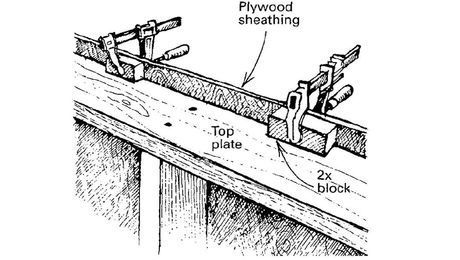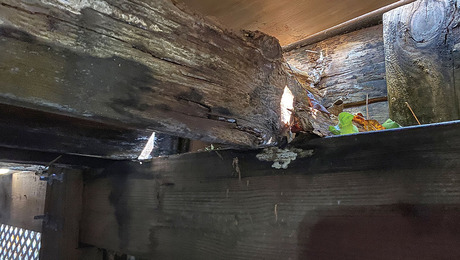Q:
I’ll be laying down solid-maple tongue-and-groove strip flooring over a radiant-heating system installed in a plywood subfloor. Should I glue down the flooring to avoid accidentally nailing through one of the hydronic tubes? Are there any other issues with a wood floor over a radiant-heating system?
John Carlton, via telephone, None
A:
Charles Peterson, owner of Connecticut Premier Hardwood Flooring, replies: Flooring manufacturers don’t recommend gluing down solid-strip flooring, and neither do I. What can be glued down are solid 4-in. maple shorts, such as those used for a herringbone parquet floor, thin flooring (5/16-in.-thick solid strip), and engineered flooring.
Installing wood floors over a radiant-heating system is a topic for a whole article, but in brief, here are a few things to think about. Wood flooring with high dimensional stability best suits a radiant floor. Certain species like Australian cypress or teak have a good dimensional change coefficient, but how the lumber is sawn can improve a species’ chance of success, too. Quartersawn and rift-sawn flooring are more stable in width than flatsawn; narrow boards expand and contract less per board. Engineered flooring, including bamboo, is more stable than solid flooring.
Moisture from the construction process should be allowed to dissipate prior to flooring installation. To drive out moisture, the heating system should be on for at least five days before you install the floor. During installation, however, the heat should be off or turned down. Install an outside temperature sensor to regulate the heating system. Doing so will help to eliminate large, quick flooring-temperature changes, which affect wood’s moisture levels. The maximum surface temperature of the wood should not exceed 85°F, or the flooring will become too dried out.

























